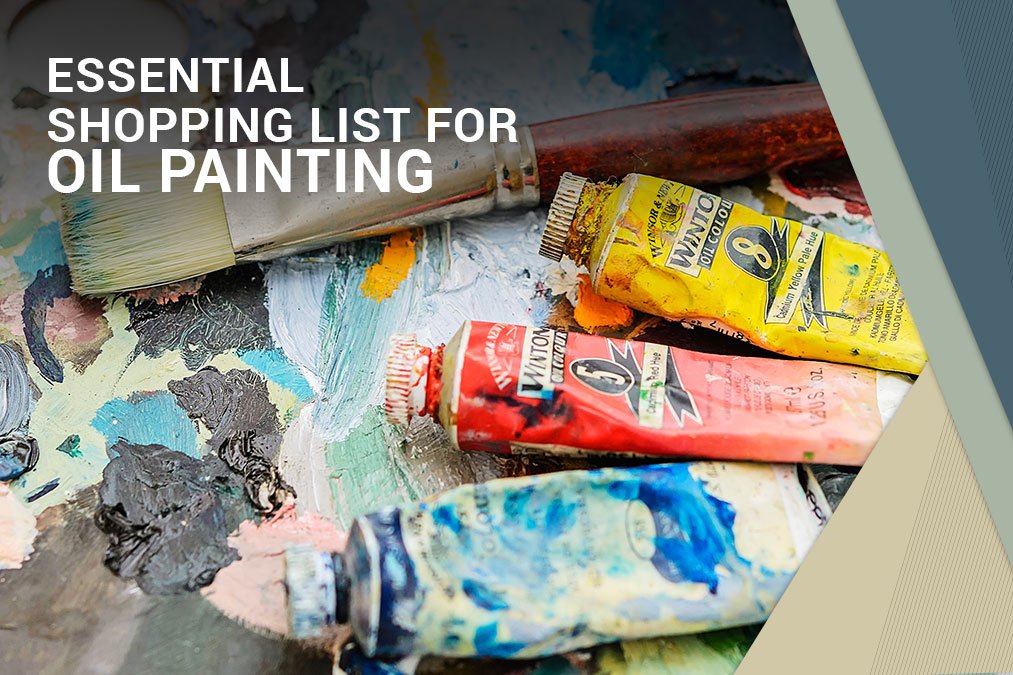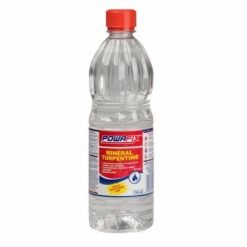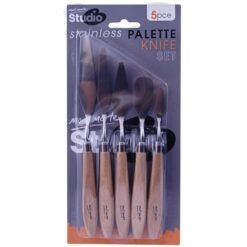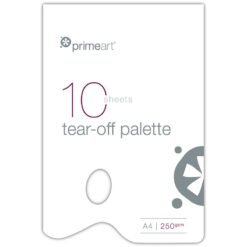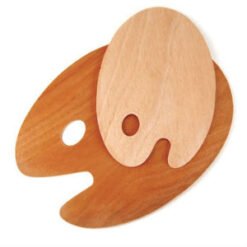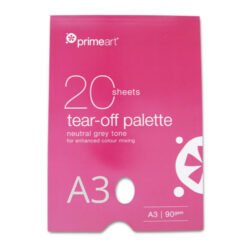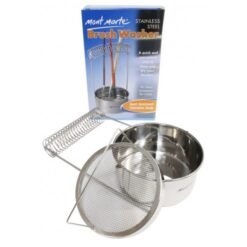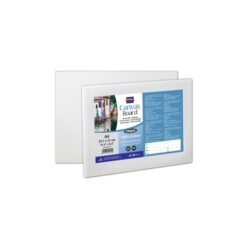No products in the basket.
Art Shopping Lists
Oil Painting Essentials
If it is necessary or desirable to reduce your oil painting equipment to a minimum, how little could you get away with? Clearly, for oil painting essentials, you would need a surface to paint on, a surface to mix your colours on, something to mix them with, plus something to clean things up.
If you are starting to get serious about your artwork, no matter what age, you may also be starting to get serious about the materials that you use. These are the essentials for oil painting:
- Oil Paints
If you are a beginner and you are unsure if you will like the medium, you may buy a kit that contains all the basic colours. If you want to start getting serious about oil painting it is better to start building up your colour range and buy art tubes. Winsor Newton is the best and Lukas are incredible too. Please ensure you have the following colours:
ESSENTIAL COLOURS (in our mini oil kit):
- Titanium White
- Ivory Black
- Lemon Yellow
- Cobalt Blue
- Lukas Red
- Burnt Sienna
GREAT COLOURS TO HAVE (in our full oil kit):
- Sap Green
- Van Dyke Brown
- Yellow Ochre
- Prussian Blue
- Paynes Grey
- Viridian
- Cadmium Yellow
- Portrait Pink
2. Palette
Put Your Paints on a Palette
A Palette is a flat non-porous surface where the oil paint colours are mixed. The palette can be held in your hand or placed on a neighbouring surface. Hand-held palettes have thumbholes. Palettes are commonly made of wood, Plexiglas or safety glass.
A wooden palette should be coated with linseed oil and wiped dry before its daily use. After the palette has been cleaned at the end of a session it should be coated with linseed oil and wiped dry again.
Plexiglas is a good surface for a palette and safety glass is the best. Both of these will need a neutral colour backing. Mixing colours on a white palette makes it hard to distinguish dark colours. All palettes should be cleaned at the end of a session. A glass palette can be cleaned later with a razor if need be but wood or Plexiglas will scratch.
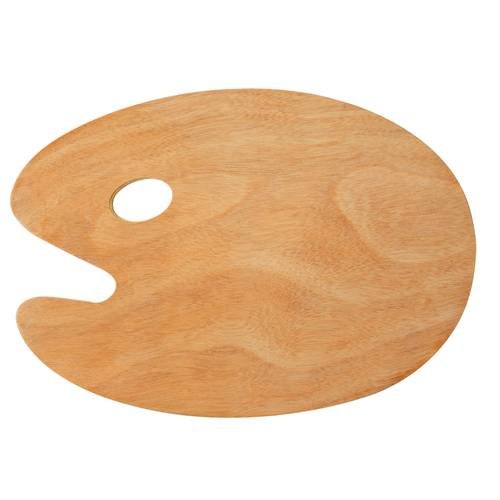
3. Turpentine / Thinners
Here’s What Cleans Everything Up
I use normal Turpentine due to cost. But for those of you who are sensitive to odours, there are many odourless options on the market.
Clean your brushes and your palette with CITRUS THINNER (made with orange peels). Other odourless thinners are inferior. Many people have avoided oil paint because of the odour and toxicity of the turpentine that was necessary for cleaning. Turpentine is no longer necessary.
To conserve the thinner and get the most use from it, make a thinner jar. A thinner jar cleans your brushes above the residue of previous cleanings. Clean the brushes on the screen near the top of the thinner. (In this case, an inverted can with holes punched in it) Let the residue settle to the bottom. The level of the thinner should be half an inch above the screen. The thinner will last this way for years. Keep it closed when not in use.

4.Mixing Medium
When You Need the Paint to Flow More
Medium is a term used to describe the liquid that is mixed with the pigment. Oil and pigment make oil paint. If more liquid is added to a colour it will flow more smoothly and become more translucent. In most cases the paint consistency right out of the tube is perfect. Small detail, line work and sharp edges, however, are easier with a little additional medium.

5.Brushes
Good Brushes Make Good Paintings
Brushes are the most important part of your equipment. A good painter will have difficulty painting with bad brushes. A good brush for oils will retain its shape when loaded with paint and will bounce back to its original shape after each stroke. A bad brush will not return to its original shape when loaded with paint or after each stroke. Or worse will not bend at all.
Different Brush Hair for Different Purposes
There are two types of hair used in oil painting brushes. They are BRISTLE hairs from pigs and SABLE hair from the weasel-like sable. In the course of a painting, you start with large areas. Bristle brushes are best in sizes of a half inch wide or larger so are used to begin a painting. Whole paintings can be painted using only bristle brushes but if you want finer detail in smaller areas, you switch to sable brushes. Sable brushes are best in sizes one-half inch in width or smaller. Sable brushes are your detail brushes. (Sable brushes made for watercolours usually lack the spring needed for painting with oils.)
Long Handles Balance the Brushes
Oil painting brushes are made with longer handles than watercolour brushes or house painting brushes. These other brushes are ideally used in a vertical position with the painting surface horizontal. Liquid goes down a hill, so the short handles shift the balance toward the front of the brush so the paint will flow better. Oil painting brushes are used in a horizontal position with the painting surface vertical. The oil paint doesn’t flow. When you hold your oil painting brush horizontally the long handle serves to balance the brush in your hand.
Imitation Hair Brushes Can Be Good
Many brush manufacturers make brushes that imitate the qualities of Bristles and Sables at a lower cost. They include nylon hairs, horsehair and mongoose hair. None are as good as Sables and bristles but occasionally they come close.
Canvas
Please note that a canvas is not included in this price, because every artist has their own preferences.
If you need some guidance on the techniques behind what makes a piece of artwork really good, please watch our series on the 7 elements of art here:
Oil Painting Essentials on our online store
 Mineral Turpentine 750mlR35.00
Mineral Turpentine 750mlR35.00 Mini Oil Painting KitR960.00
Mini Oil Painting KitR960.00 Oil Painting KitR2,053.00
Oil Painting KitR2,053.00 Palette Knife Set – 5pcR140.00
Palette Knife Set – 5pcR140.00 A4 Disposable Palettes 10 Sheets – Prime ArtR70.00
A4 Disposable Palettes 10 Sheets – Prime ArtR70.00 Wooden Kidney Shape Palettes 20 X 30 cm – 3mmR50.00
Wooden Kidney Shape Palettes 20 X 30 cm – 3mmR50.00 A3 Disposable Palettes 20 Sheets – Prime ArtR120.00
A3 Disposable Palettes 20 Sheets – Prime ArtR120.00 A4 Disposable Palettes 20 Sheets – Prime ArtR85.00
A4 Disposable Palettes 20 Sheets – Prime ArtR85.00 Brush Washer – Stainless Steel Mont MarteR139.00
Brush Washer – Stainless Steel Mont MarteR139.00 Canvas Panel, Boards A3R65.00
Canvas Panel, Boards A3R65.00

